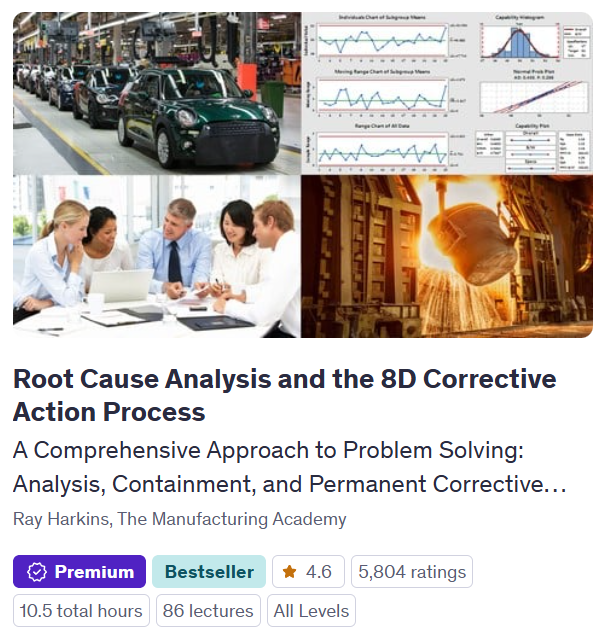One of the common misunderstandings about business profit among non-finance professionals is that it there is more than one way to define it.
At its core, profit is calculated as Revenue minus Costs. If you bought a bicycle at a yard sale for $50, then sold it a week later on Craigslist for $80, your profit is $30. In a simple transaction, profit is easily understood. But within an organization, different types of profits have to be defined to better understand the flow of money through it.
Gross Profit is the finance term most like our bicycle example. In manufacturing, raw materials, labor, and utilities are purchased, then transformed into a final product that is sold at a particular price. The total selling price of the manufactured good minus the total cost of goods sold — materials, labor, etc. — equals the Gross Profit.
The reason Gross Profit isn’t the only definition of profit for a firm, as it is in our bicycle example, is because in addition to the costs of the goods themselves, there are costs of running the business. The costs of running the firm are taken out of the Gross Profit. The salaries for the organization’s sales, accounting and executive staff for instance, are necessary to operate a business but not a part of the cost of goods sold. These are referred to as operating expenses. The Operational Profit (often called the operational earning) is defined as:
Operational Profit = Revenue – Cost of Goods Sold – Operational Expenses
Most organizations also have two other financial obligations not related to the cost of producing their goods or the cost running the business itself. These are interest on their debts and taxes. In fact, Operational Profit is sometimes referred to as Earnings Before Interest and Taxes, or EBIT. The profit remaining after all costs are subtracted from revenues including interest and taxes is known as Net Profit (also called Net Earnings).
Knowing how these profit values are calculated helps analysts, investors and business managers understand how an organization is spending its revenues and what remains for future investments.
Ray Harkins teaches a variety of quality, manufacturing and finance related online financial short courses including:
Return on Investment Analysis for Manufacturing
Root Cause Analysis and the 8D Corrective Action Process



